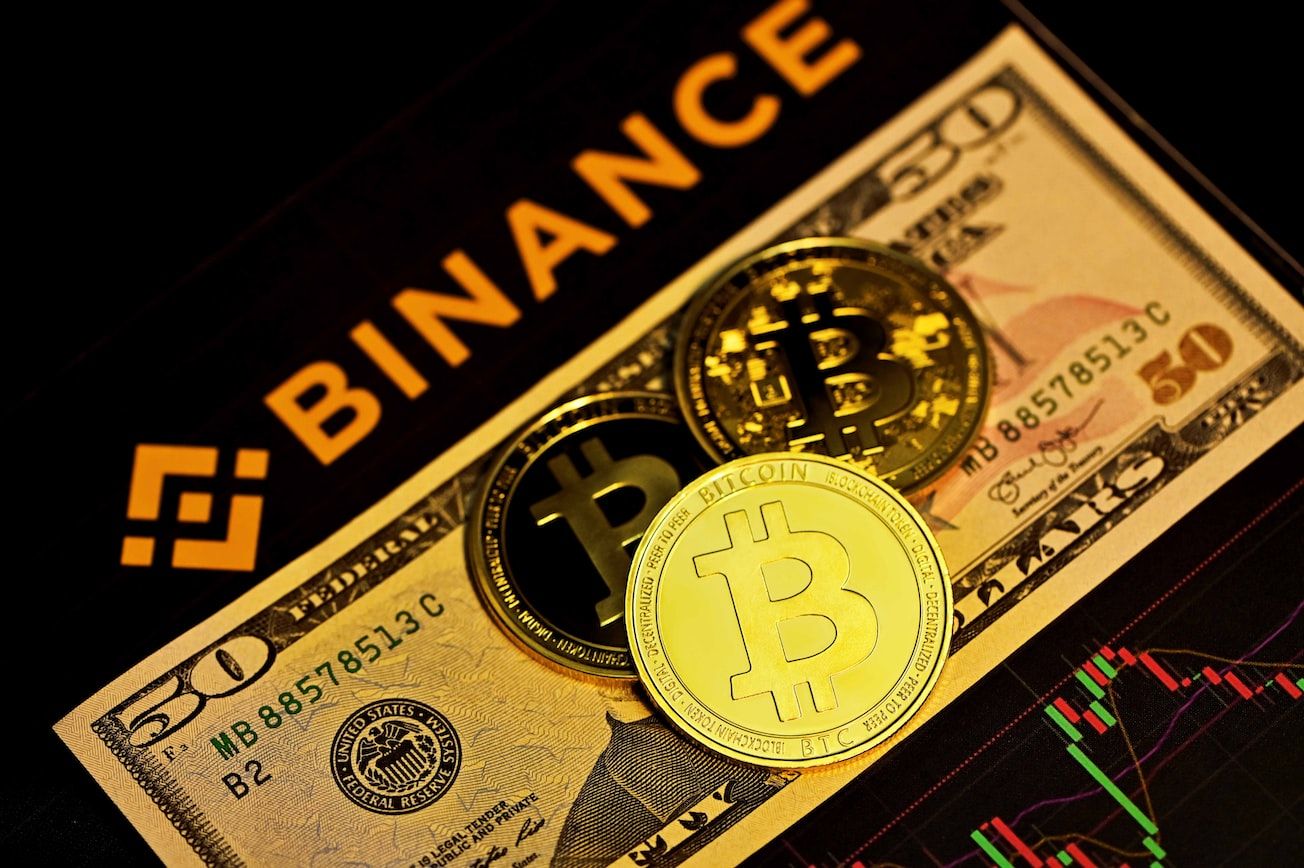Table of Contents
Investors are increasing their bets that the Federal Reserve will cause a recession in the world's largest economy.
That adds to the already dampening mood in the digital currency industry.
"Those fears come amidst an increased regulatory crackdown on crypto exchanges in the US and add to crypto woes," said a fund manager at a large asset management firm in London.
According to Xclaim, which facilitates the trading of creditor claims, the recent bankruptcy of crypto platforms has stranded client assets currently valued at roughly $34 billion.
According to executives and industry data, institutional crypto investors are moving their funds to exchanges with better asset protection, increasing their due diligence on trading partners, and carrying out deals in smaller increments.
Executives in the cryptocurrency industry anticipate additional enforcement proceedings like the one brought against Coinbase US and Coinbase Global by the US Securities and Exchange Commission (SEC).
The regulator's claims, though, have been refuted by Binance and Coinbase.

"When interest rates were low, investors rushed into the cryptocurrency market, driving its value to a peak of $3 trillion in 2021," said the chief investment officer at a boutique asset management firm in New York.
"As rates increased, however, they became more cautious, sending prices down and leading to disastrous liquidity crises for several crypto enterprises," added the CIO.
According to data compiled by CoinGecko, the total value of the cryptocurrency market has decreased to about $1.1 trillion.
With slowdown bets increasing, one set of analysts predict more pain for cryptos, while another set expects a fall in rates to boost digital assets.
Recession Bets
The market's response on Wednesday, when it became clear that the Fed was set to resume its 15-month campaign of interest rate hikes after a brief halt, was indicative of this.

Long-term rates fell, but short-term yields rose as investors prepared for a future slowdown in economic development.
Similarly, long-term maturities drove Thursday's yield decline.
The changes widened the inversion of the Treasury yield curve with the spread between 2-year and 10-year notes rising to 93 basis points, a level last seen in March when the difference reached its cyclical high of 109 basis points.
A yield curve inversion is an accurate indicator of an impending recession. Well, at least based on previous economic cycles.
Bond dealers appear to be sceptical that authorities can prevent a "hard landing" by raising interest rates to rein in inflation, which is now running at almost double their 2% objective.
Expectations Align
It's not just traders who are growing concerned; economists too have broadly called for a recession in the US from the aggressive Fed tightening over the coming year.
"Encouraging signs of cooling inflation are beginning to emerge as the Federal Reserve inches closer to its 2% target, but the rising threat of recession is looming," said James Knightley, Chief International Economist at ING.
"A hawkish hold, signals of further rate hikes still to come, and a clear determination to stamp out inflation once and for all accompanied the Fed's decision to leave interest rates unchanged at this week's meeting. Market expectations for where the US economy could be heading are moving in a very different direction from those of the central bank – so where next?" added Knightley.
On Wednesday, US policymakers maintained their target range for the federal funds rate at 5% to 5.25% but predicted the key rate would climb to 5.6% by the end of the year, meaning two more quarter-point hikes from March's 5.1%.
As a result of what Fed Chair Jerome Powell called unusually sustained price pressures, they also raised their expectations of core inflation for the end of the year to 3.9% from 3.6%.
Markets still need to be convinced that interest rates on borrowing will climb as much as central bankers predict.
The current effective Fed rate is 5.08%, while the maximum rate on swap contracts for future meetings was approximately 5.29% for September and November as of early Thursday. July's rate was 5.26%.
Investors must undertake the same data analysis that officials claim they will do for now.
Like what you read? Our weekly Business Bulletin wraps up the most important business and economic developments in the industry, along with macroeconomic views and opinions. To avoid FOMO and access member-only features, click here to subscribe. It's free.







